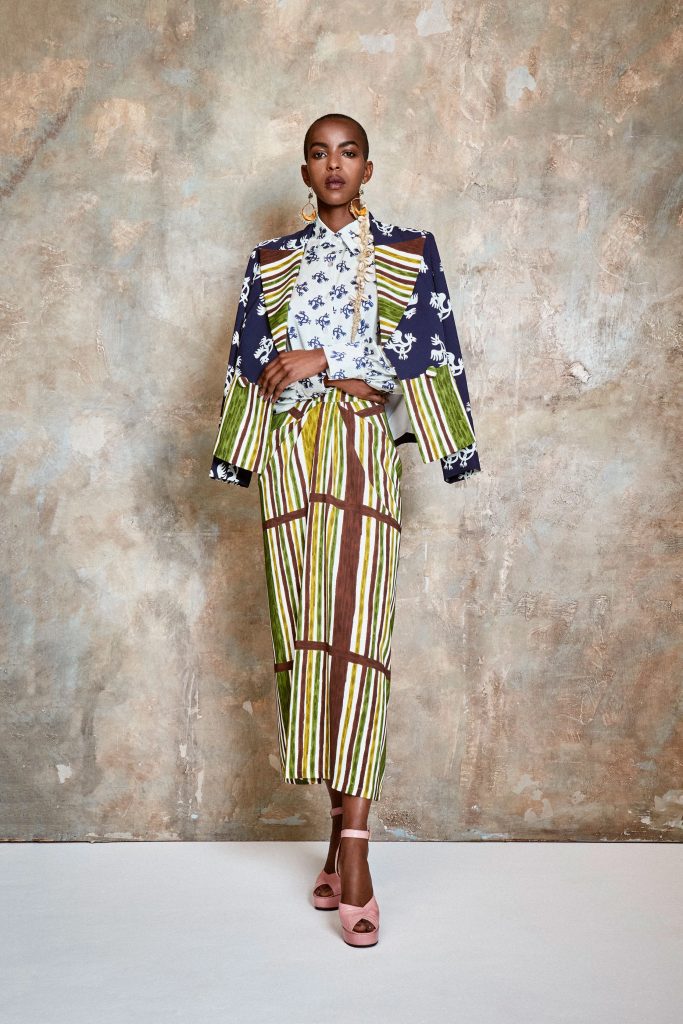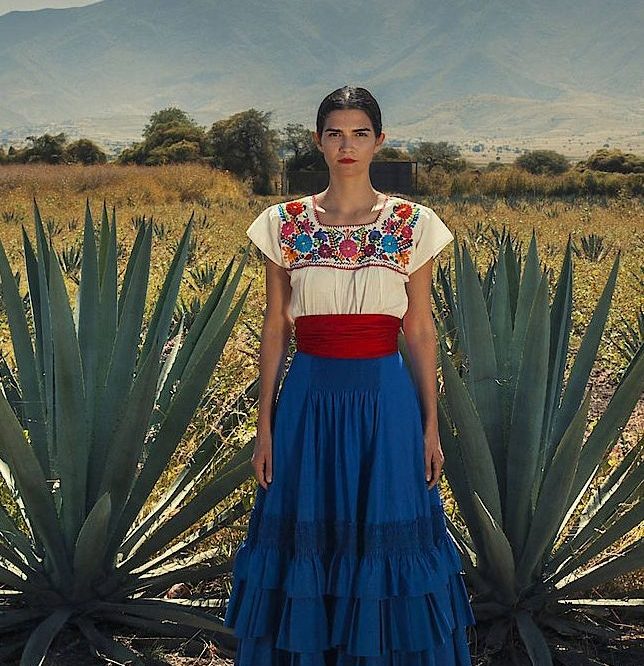Something is fascinating about fashion when it connects us with something bigger than trends. When it tells a story, bridges continents and honors a legacy. There’s been a shift in recent years. Runway’s collections are drawing more and more from cultural traditions and doing it boldly.
This isn’t just about a silhouette here or an embroidery motif there. We’re seeing designers digging deep into their roots, and sometimes into others. They are bringing traditional symbols, garments and craftsmanship into the spotlight in fresh, modern ways. And it’s honestly reshaping what we think of as “fashion-forward”.
This is how cultural heritage is making its mark in today’s fashion runways, and why this matters more than ever.

Image source: https://wwd.com/wp-content/uploads/2020/09/fa00034628_0023_enhanced-1.jpg?w=795
Fashion is global
Fashion has always been global. Styles have traveled through trade routes, migrations, diasporas and even colonization. Think of how the Japanese kimono influenced early 20th-century Parisian couture. Or how West African prints made their way into the European markets.
Today’s runways are catching up to this reality in more visible and intentional ways. Designers are no longer drawing inspiration, they are now celebrating, preserving, and reinventing the traditions they grew up with or admire deeply for a modern audience.
Designers leading with culture
Have you ever watched Fashion Week and spotted collections that feel like love letters to heritage? Designers all around the world are now offering pieces that often feature intricate storytelling. From handwoven textiles made by regional artisans to silhouettes that nod to a ceremonial dress. And it’s super exciting that these aren’t costume or kitschy pieces. They are fashion-forward, deeply rooted and wearable.
Some designers use of embroidery techniques passed down through generations. Some others reinterpretation traditions with futuristic tailoring. They are not just clothes; they are cultural archives.

Image from: https://debonairafrik.com/how-cultural-heritage-influences-modern-fashion/
Traditional techniques on modern silhouettes
We are seeing a lot more of designers blending of traditional craftmanship with contemporary design. A good example, is hand-dyed fabrics, beading or weaving techniques meeting asymmetrical cuts or streetwear-inspired fits.
It’s no longer about inspiration in the vague sense of the word. Designers are collaborating with artisans. Which is also reviving local economies and giving new life to fading crafts.
Now we can see ikat prints from southeast Asia appearing on structured jackets. Or even indigenous beadwork finding its way onto handbags and outerwear. The results are pieces that feel modern but rooted. Bold but respectful.

Image from: https://hubemag.com/the-role-of-fashion-in-cultural-identity
Cultural silhouettes but reimagined
Beyond the fabric, shape plays a major role in how culture shows up on the runway. Now we are seeing kimono sleeves reinterpreted in evening wear. Or hanbok-inspired skirts showing up in minimalist collections. Or even sari-style draping translated into luxe gowns or wrap tops. When it’s done right, meaning with context, care and collaboration, it’s incredibly powerful.
All these silhouettes tell stories. They speak of tradition but also transformation. They are showing how fashion can carry identity. And how something old can be made breathtakingly new.

Image from: https://www.nytimes.com/2012/03/15/fashion/an-uneasy-exchange-between-fashion-and-navajo-culture.html
The conversation about cultural appropriation
No conversation about cultural influence in fashion is complete without addressing the elephant in the room: cultural appropriation. The industry has had and still has a long-complicated relationship with borrowing from cultures.
Often without credit, respect or understanding.
Native American headdresses are used as accessories. To sacred patterns turned into prints. The line between inspiration and exploitation was crossed many times.
That’s why designers who are of the culture or working with the culture are so important. It’s not about using the tradition, it’s about sharing, uplifting it and evolving it with respect. As consumers is up to us to support brands and artists who honor that line with integrity and not just for the aesthetics.
Fashion that connects
Of course, fashion is about self-expression, but it’s also about connection. When designers bring cultural traditions to the runway, they’re not simply making beautiful clothes. They are reminding us that every print, fold and stitch has a story, a person or a place.
For those who watch from their screens or shop from afar, it’s a chance to expand their style in ways that go deeper than trends. It’s also a chance to wear stories, honor heritage and find beauty in diversity. When fashion becomes a bridge and not a barrier, it’s more than stylish, it’s actually transformative.

